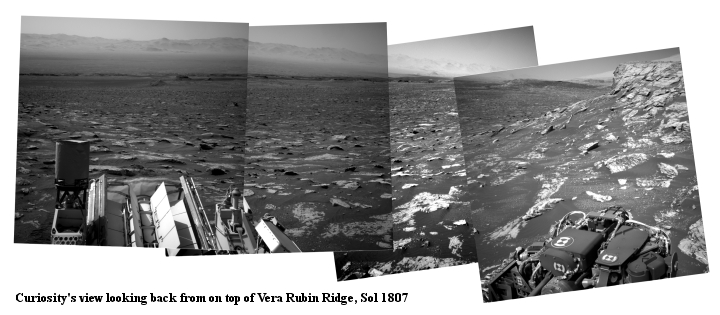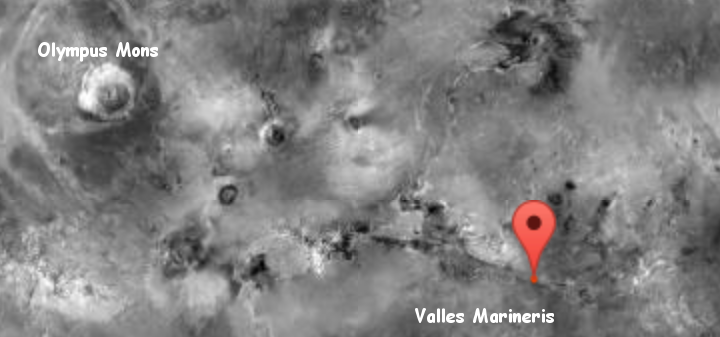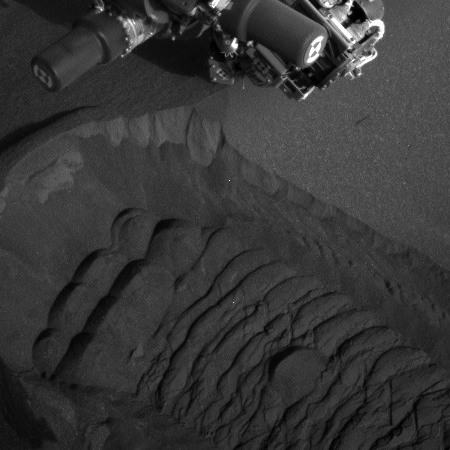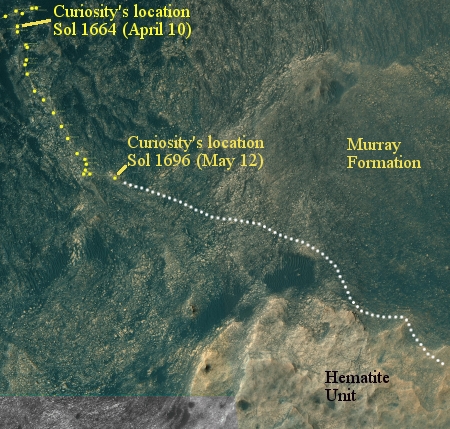Three stories today illustrate the importance of maintaining some skepticism when reading the claims of rocket companies.
I could probably also include the story earlier today about the model rocket test launch that was hyped absurdly by the company and the British newspapers that reported it.
The first story reports the comments of a local politician claiming that SpaceX will be launching from its Boca Chica Texas spaceport by the end of 2018. Interesting, but I’d rather go by what the company itself says, and what SpaceX CEO Gwynne Shotwell says today is “Our Texas site still doing landscaping, could be avail in ~ 2 yrs; no rush given our capacity at two Fla pads.”
In other words, the local official’s prediction was a bit overstated, and therefore should not be taken too seriously.
The second story however can be taken a bit more seriously, since it is a report from an actual company official, Clay Mowry, Blue Origin’s vice president of sales, marketing and customer experience. He explains that they hope to resume New Shepard suborbital test flights before the end of the year, with manned test flights occurring in 2018. However, he says little about why there was such a long gap in New Shepard launches after they completed their last test flight in October 2016. At that time they said they would be doing more test flights in early 2017, but by the spring of 2017 had back tracked.
The claim that they might be flying again before the end of the year, however, still carries weight, in that it matches earlier statements. In other words, Blue Origin has been very careful not to make promises it cannot meet. In rocket science this care cannot always be met, but they clearly have tried hard. This is why I take Mowry’s statement that they hope to fly humans on New Shepard in 2018 with some trust.
The third story is a perfect example of how a company loses trust. Virgin Orbit is part of the Virgin set of companies run by Richard Branson, and used to be part of Virgin Galactic. Branson and Virgin Galactic have been making promises now for more than a decade, none of which have born fruit. This unreliability has made me very skeptical about anything they say, which is also why I do not report their claims much anymore. When they actually fly something I will write about it.
For awhile I thought Virgin Orbit was a different bird, as the executives there have been more careful, only making cautious promises and then more or less fulfilling them. The story above however gives me pause. Even as they admit they have had to delay their test program their president still insists that they will be able to ramp up to two launches per month by 2020. Considering the fact that no single private company has yet managed to do such a thing, in the more than half century since the beginnings of the space age, I think it is a little dangerous for this guy to make this claim, even before the company has even launched its first rocket. Virgin Orbit might do it, but such wild claims make me very suspicious of them.
And then there was today’s earlier story about Starchaser Industries. They launch a model rocket 4000 feet in the air, and from this they claim that they will be putting humans on a suborbital rocket in only two years. If you believe that, I have a bridge in Brooklyn I can sell you, cheap.
The bottom line here is to use some common sense and thoughtful judgment in reading stories about future space achievements. The first three stories above are actually all well written, well researched, and very careful in how they report their stories. It however is not necessarily their job to tell you whether the claims are trustworthy, especially if the claims seem reasonable based upon the available information. The last however is an example of bad journalism, rewriting a press release without doing any research at all.
In all cases, it is important to distinguish between stories about what is going to happen versus what is happening. I always prefer the latter, since a real achievement will always trump a mere prediction. And when it comes to the space industry and rocket science, predictions surely must take a back seat to reality.
















